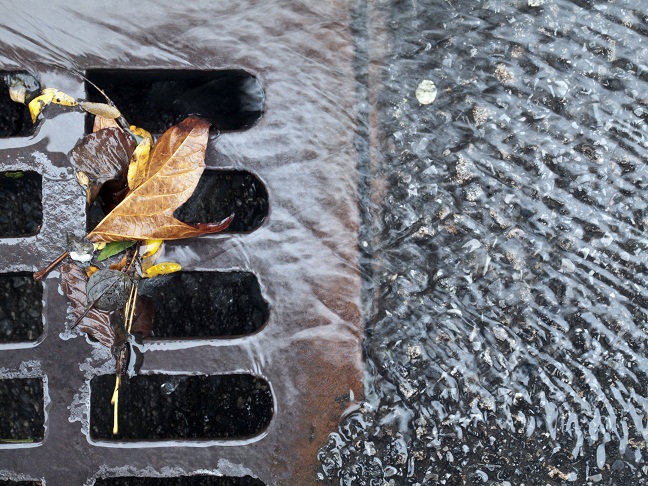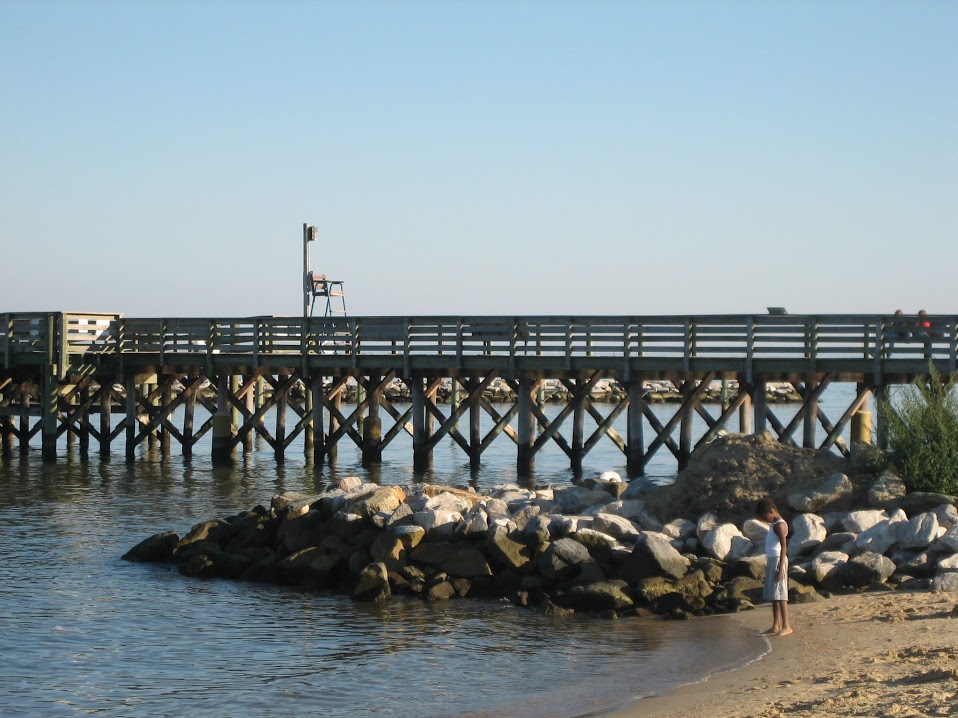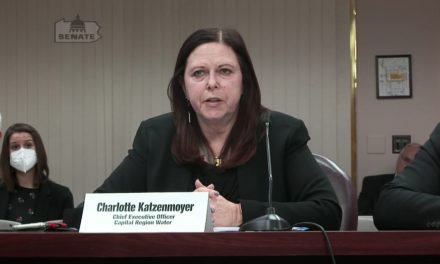On May 5, the state’s highest court, the New York Court of Appeals, ruled that the state’s general permit for small municipal separate storm sewer systems (MS4s) complies with U.S. Environmental Protection Agency regulations. Issued in 2010, New York’s State Pollutant Discharge Elimination System (SPDES) general permit, administered by the Department of Environmental Conservation (DEC), requires about 500 small MS4s serving fewer than 100,000 people to reduce stormwater pollution to the maximum extent practicable. Judges also recognized the challenges municipalities face in addressing stormwater. The decision states: “stormwater contamination results from the often unforeseen or unpredictable choices of individual residents and businesses … as well as decisions made long ago about the design of roads, parking lots and buildings; and because stormwater runoff flows into surface waters through tens of thousands of individual outfalls, each locality’s contribution to the pollution of a particular river or lake is difficult to ascertain or allocate through numeric limitations.”
This is relevant because the decision concurs with the current applicable standard for municipalities, which is reducing pollution in stormwater by the “maximum extent practicable” rather than imposing a numeric limit.
To obtain initial permit coverage in New York, small MS4s must submit a notice of intention (NOI) to DEC. However, the Natural Resources Defense Council (NRDC), the plaintiff in the case, claimed that participation through a NOI reviewed only for completeness and not subject to an opportunity for public input, has created an “impermissible self-regulatory system” that fails to force local governments to reduce the discharge of pollutants to the maximum extent practicable.
NRDC also plans to seek a federal court-ordered deadline for EPA to establish new federal stormwater regulations through litigation pending in the U.S. Courts of Appeals for the Ninth Circuit.






